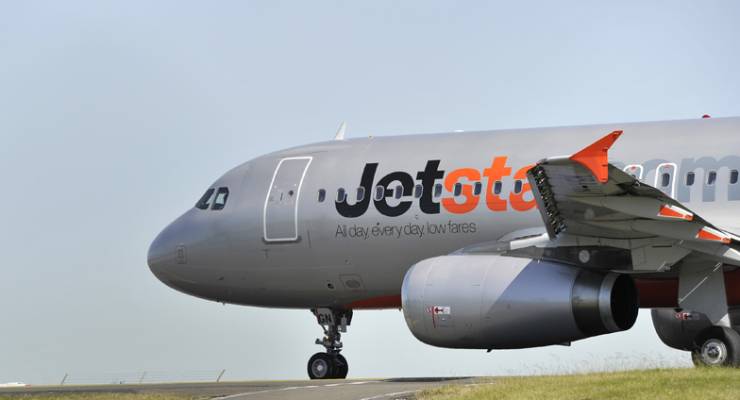
“Norwegian” mightn’t register as an airline of note in this country, but it is doing to aviation what flags-of-convenience shipping did to once-powerful maritime empires worldwide.
It carries the branding of one of the highest cost yet most liveable and wealthy countries on Earth, and is rapidly expanding its reach using offshore bases in such places as Ireland, Thailand and now the US — as in the “broken” or “forgotten” parts of America.
The latest and arguably most significant chapter in the Norwegian story will begin soon when it starts flying from small-town America to Europe with the latest and longest-ranging single-aisle jets.
That story is told in some detail in this Skift report. (Norwegian Air is part of the Norwegian Air Shuttle group, and although the intricacies of its structure and branding will bore most readers to tears, they should keep company tax investigators on their toes.)
While Norwegian’s small-town USA romance seems unlikely to bring new tech versions of single-aisle jets — like the 737 MAX and A320 NEO, flying to Bali or Rarotonga from Dubbo or Bendigo — anytime soon, it echoes something Qantas seemed to be trying to do with its offshore Jetstar operations in Singapore and maybe elsewhere in recent years.
That was when there was a controversy over Asia-based Jetstar’s operating so-called tag flights — i.e. those shorter domestic flights attached to the start/end of an outgoing/incoming, respectively, international flight — within Australia, usually involving Darwin or Cairns. It never quite gained traction. Domestic passengers were sometimes dropped off at international terminals, or vice versa, causing headaches for airport staff and those dicked-around passengers.
But the capabilities of more efficient versions of single-aisle jets might allow such thoughts to have more operational credibility in the next decade.
The debate could be bitter. Economic purists might argue that the real future for Australian aviation is to have all those expensive pilots and cabin crews living instead in Singapore or Manila under terms reminiscent of indentured labour camps predating World War II or maybe the American Civil War for that matter.
They would just commute to Australia on international flights, pump themselves up with magic pink pills for a few Sydney-Melbourne rotations and then fly home to company compounds or whatever for an overly generous nine-hour, 15-minutes sleep break, including the transit times from airport to bunk and back.
Or that’s how the critics lambasted such services, and they did have some very good points, too. Alternatively, and perhaps more realistically, some of the proponents mused that the very existence of such a threat to allegedly overpaid and unproductive Australia-based labour would be enough to force wage and conditions “reforms”, and discourage such offshoring.
At the absurd extremes of each position, Australia would either move closer to some sort of debt-fuelled consumer paradise where nobody actually made or did anything and outsourced everything, or sealed itself off from the wicked forces of globalisation, had no trade contract with the outer darkness, and drove 30-year-old cars between capital cities because there would be no air services, and otherwise sat around eating dirt while chanting “oi, oi, oi”.
Sarcasm aside, Norwegian is exploiting a different and much deeper and richer range of geographical opportunities to do to established carriers what Qantas (to its critics) seemed to want to do to itself, and only a matter of years ago.
*This article was originally published at Crikey blog Plane Talking








The stateless airline seems to be the next move to avoid all those taxes governments like to collect. The federal departure tax is unavoidable so maybe that’s the way tax collection will be done in future
I’m sorry but I’ve had a short nap – has UberAir not yet landed?
You neat me to it, AR!
What we need is UberAir. If all those pesky regulations the taxi industry had to comply with turned out to be unnecessary, so they well might in the aviation industry, bringing costs down.
This would be particularly apt in WA, where regional airfares are at international-flight levels. Western Australians would go see their own country if they could remotely afford it.